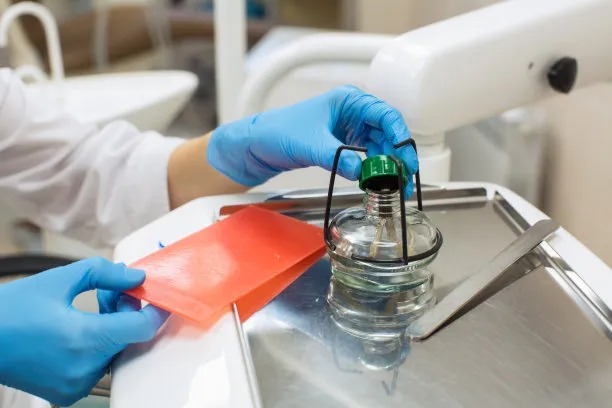Understanding Periodontal Disease Its Causes Symptoms and Effective Treatment Options for a Healthier Smile
Summary: Periodontal disease, a common oral health issue, can lead to significant complications if left untreated. This article delves into understanding periodontal disease with a focus on its causes, symptoms, and various treatment options. By examining these aspects, we aim to enhance awareness and encourage proactive measures for maintaining periodontal health. Effective management and timely treatment can help preserve not only oral health but overall well-being, leading to a healthier smile.
1. What is Periodontal Disease?

Periodontal disease, often referred to as gum disease, encompasses a range of inflammatory conditions affecting the tissues that surround and support the teeth. It primarily arises from plaque buildup on the teeth, which can harden into tartar if not properly managed. This chronic inflammatory disease can result in gum recession, loss of tooth support, and even tooth loss if left untreated.
There are two main stages of periodontal disease: gingivitis and periodontitis. Gingivitis, the initial stage, involves inflammation of the gums and can often be reversed with proper dental hygiene. However, untreated gingivitis can progress to periodontitis, which leads to more severe inflammation and damage to the underlying bone structure.
Understanding periodontal disease is crucial as it can also have systemic implications, linking oral health to overall health concerns such as heart disease and diabetes. Thus, raising awareness about this disease is essential for fostering preventive dental care.
2. Causes of Periodontal Disease Explained
The primary cause of periodontal disease is the accumulation of plaque, a sticky bacterial film that forms on teeth. Poor oral hygiene practices, such as inadequate brushing and flossing, can allow plaque to thrive, leading to inflammation and infection of the gum tissue. Vulnerable populations, including those with compromised immune systems, are at a higher risk due to their bodies’ reduced ability to fight infection.
Several other factors contribute to the progression of periodontal disease. Smoking is one of the most significant risk factors, as it weakens the immune response and hinders healing. Additionally, hormonal changes, such as those experienced during pregnancy or menopause, can affect gum sensitivity and vulnerability to bacteria.
Genetics also play a role in susceptibility to periodontal disease. Family history can indicate a predisposition to gum problems, highlighting the importance of regular dental check-ups for early detection and intervention.
3. Recognizing Symptoms of Periodontal Disease
Awareness of the symptoms of periodontal disease is vital for early intervention. One of the most common signs is bleeding gums, particularly when brushing or flossing. Other symptoms include persistent bad breath, swollen or tender gums, and changes in bite or tooth alignment.
As the disease progresses, individuals may experience receding gums, which can expose the roots of teeth and lead to increased sensitivity. Loose teeth can also be a concerning symptom, indicating that the supporting bone structures may be deteriorating.
Regular dental visits are critical for identifying these symptoms, as not all individuals may notice these warning signs immediately. Early detection allows for effective treatment, potentially reversing the damage caused by the disease.
4. Effective Treatment Options for Periodontal Disease
Effective treatment options vary depending on the severity of the periodontal disease. For mild cases, improved oral hygiene practices can suffice. Professional cleaning by a dentist or dental hygienist can eliminate plaque and tartar buildup, reducing inflammation in the gums.
For more advanced cases, scaling and root planing may be necessary. This deep-cleaning procedure involves removing plaque and tartar from below the gum line and smoothing the tooth roots to promote healing.
In severe instances, surgical options like flap surgery or bone grafting may be required to restore the health of the gums and supporting bone. Furthermore, incorporating antimicrobial agents or topical antibiotics can assist in managing bacterial infections and promoting tissue healing.
Summary:
Understanding periodontal disease, including its causes, symptoms, and treatment options, is essential for maintaining both oral and overall health. Individuals can contribute positively to their dental well-being by recognizing early signs and creating effective preventative strategies.
Timely intervention and adherence to prescribed treatments can avert serious dental complications in the future. Regular dental check-ups and good oral hygiene practices are crucial elements for achieving and maintaining a healthier smile.
This article is compiled by Vickong Dental and the content is for reference only.


